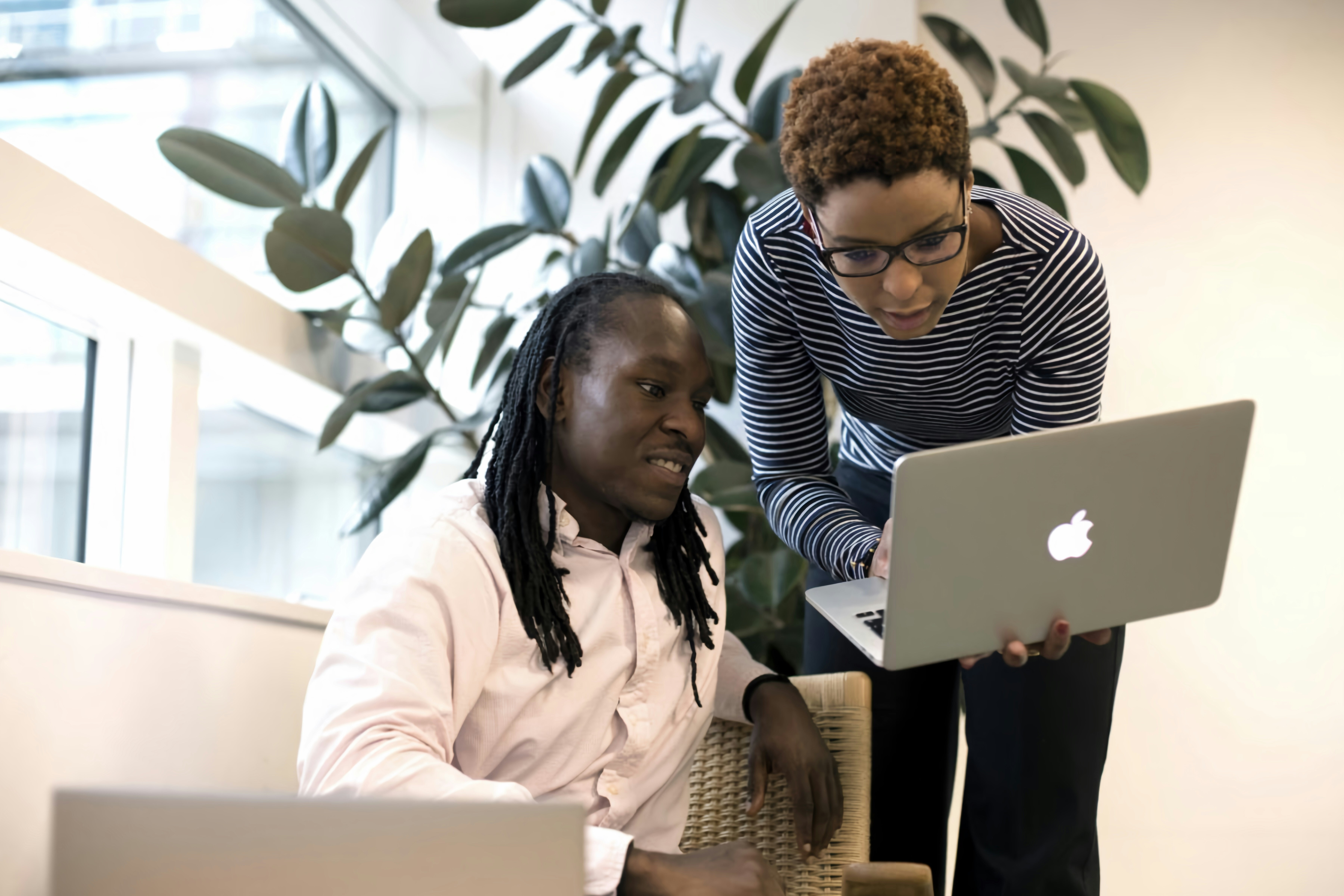Reopening schools too early could spread COVID-19 even faster – especially in the developing world

Reopening schools too early in developing countries could undermine the gains made so far in containing the spread of COVID-19. Image: REUTERS/Mohammed Salem
- Low-income countries face a very different set of circumstances to high-income countries when it comes to reopening schools after lockdown.
- In developing countries, adults and the elderly generally have more contact with children than those in advanced economies.
- A new study predicts that delaying school openings could save lives.
According to the latest UNESCO figures, over 100 countries are currently implementing nationwide school closures due to COVID-19, affecting over 60% of the world’s enrolled students. The topic of reopening primary and secondary schools has been heavily politicised in many countries with parents, teachers, and politicians sometimes at odds over when to reopen. Policy decisions are even more challenging given the lack of evidence, especially from developing countries, on how susceptible children are to contracting COVID-19 and transmitting the virus to adults and how to make schools safe enough for students to return.
What is the World Economic Forum doing to manage emerging risks from COVID-19?
What we do know is that low-income countries face a very different set of circumstances from high-income countries – for example, a higher proportion of households that include both children and elderly people, difficulty testing for COVID-19 and enforcing social distancing in existing school settings, and the urgency of maintaining the livelihoods of working-age adults to prevent hunger and poverty. Our study finds reopening schools too early in developing countries could undermine the gains made so far in containing the spread of the virus. When deciding to reopen schools, policymakers need to weigh these findings against the cost of keeping schools closed for a prolonged period.
We use an economic model that reflects how developing economies differ from advanced economies: younger populations; more contact between people at home, work, and school; large informal sectors making lockdowns harder to enforce; less fiscal capacity; and less healthcare capacity. We find that in developing countries, blanket lockdowns are half as effective as in developed countries. However, age-targeted policies (shielding those over 65 and those with severe underlying medical conditions) are the most effective in saving lives and preserving livelihoods.
In developing countries, reopening schools significantly increases the risk of spreading COVID-19
A common justification for re-opening schools is that children are very unlikely to die from COVID-19. Yet, children live with adults, and – particularly in developing countries – elderly adults. According UN data, the proportion of elderly people who live with at least one child under 20 is more than 10% in most African countries, compared to less than 1% in European countries and the United States. This raises the risk that children may contract the virus at school and transmit it to parents and grandparents at home.
In developing countries, adults and the elderly generally have more contact with children than those in advanced economies due to factors such as more crowded living conditions and bigger households. The figures below are “contact matrices” estimated by epidemiologists and represent the typical number of contacts for people of each age group with other individuals by their age group. The darker shaded region on the lower right corners of the figures show that the number of contacts between older adults (age 60-80) and children (under age 20) is substantially larger (darker) in developing countries.
Our study compares a few scenarios to look at the effect of schools reopening on COVID-19 infection rates and deaths in Nigeria, Africa’s most populous country. While speculative, this simulation gives us a tool to compare the impact of different policy measures in a large developing country. Furthermore, the overall predictions are applicable to many other low-income countries, which share the feature of large families living under one roof, with frequent contact between the young and their older household members. Throughout, we calibrate our economic model based on fatality rates estimated in the famous Imperial College report and a study in Spain suggesting that children get infected by COVID-19 at about two-thirds the rate of adults.
The graph below shows the proportion of the population infected by COVID-19 under four policy scenarios.The blue dashed line simulates the effects of an immediate school re-opening. This leads to a large increase in infections. The other scenarios simulate the effects of delaying schools re-opening until January 2021. These lead to much flatter curves. We find the most effective policy option (illustrated by the purple dotted line) to control infection rates while avoiding a blanket lockdown is to delay schools reopening until January 2021 while shielding the elderly.
The figure below shows the total number of deaths predicted by our model under the same scenarios. The very large fatality numbers here are based on the Imperial College study and do not match up to current reported numbers from Nigeria. There are other models estimating very different fatality numbers for the African continent, but all models are based on assumptions, making perfect predictions impossible. COVID-19 deaths in Africa are likely to be severely undercounted due to lack of COVID-19 testing and unreliable data on deaths generally.
The figure illustrates the breakdown of fatalities by age group. Our model predicts less than 0.1% of deaths in any scenario are children. Opening schools increases fatalities among older adults, and most commonly the elderly. By closing schools alone, our model predicts it could save around 175,000 lives relative to doing nothing. Other additional interventions can do even better, such as shielding the elderly. A blanket lockdown (of the formal sector) would save the most lives but would lead to large additional declines in GDP, meaning reduced livelihoods for many vulnerable households.
In all scenarios, the model suggests only modest additional gains in terms of lives saved from delaying school re-openings past January 2021, predicting Nigeria will have achieved substantial herd immunity by then. In the case of closing schools and shielding the elderly, for example, our model predicts that just under half of the population will have been infected by the start of 2021. This is similar to recent studies of COVID-19 prevalence in Mumbai’s slum areas. The biggest gains from school closures come from delaying re-openings this fall with a plan to re-open early the following year.
What about the costs of not reopening schools?
The single biggest reason to delay school re-openings is to help stop the spread of COVID-19. Our study predicts that delaying school openings can be a potent force for saving lives, by reducing the risk of children getting infected at school, and in turn, spreading the virus within their households.
Of course, any policy decisions about delaying school openings must weigh the potential lives saved against the negative impacts of keeping children out of school for a long period. For example, evidence from the Ebola outbreak in Sierra Leone show an increase in out-of-wedlock pregnancies and a drop in school enrolment after the crisis among young women in villages. On the other hand, some families could not afford to send their children back to school after losing their livelihoods, indicating an important link between protecting livelihoods and access to education. Other major issues of concern in developing countries around keeping schools closed for long periods include losses in learning, missed midday meals, availability of childcare for working parents, and limited resources for online learning.
While our study does not address all the issues related to schools reopening during the pandemic, we argue that evidence on household spread of the virus needs to be considered by governments when deciding to reopen schools.
Don't miss any update on this topic
Create a free account and access your personalized content collection with our latest publications and analyses.
License and Republishing
World Economic Forum articles may be republished in accordance with the Creative Commons Attribution-NonCommercial-NoDerivatives 4.0 International Public License, and in accordance with our Terms of Use.
The views expressed in this article are those of the author alone and not the World Economic Forum.
Stay up to date:
Education
Forum Stories newsletter
Bringing you weekly curated insights and analysis on the global issues that matter.
More on Education and SkillsSee all
Jumoke Oduwole and Abir Ibrahim
November 11, 2025










